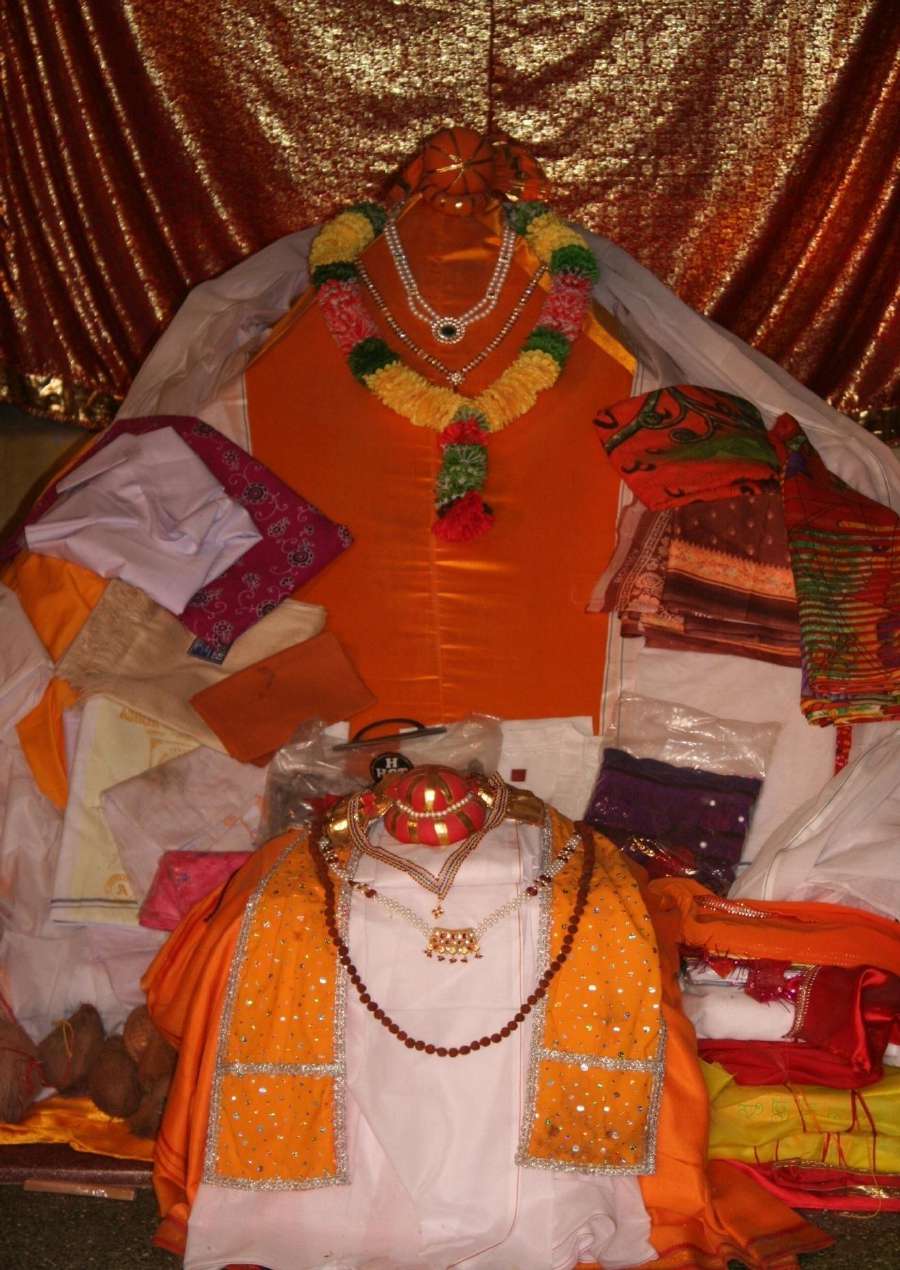
This issue comes with four main topics –
- Thirutani and the links between Guhananda, chidananda, and valli malai swamigal
- prataH pArAyaNam
- shrI nagara vimarshanam (second part) and Grishma Rutu AvaraNam
- VyAsa charitam and AvaraNam
My Guru Shri AnandAnandanAthar has a strong affection towards Thirupugazh and vallimalai swAmigal paddhati of singing thirupugazh. I have had the opportunities to discuss on various occasions about the strong link between shAktam and kaumAram. In this article, there is a mention about a research done if ArunagirinAthar is a shAktA? This might surprise some folks when they hear such a comment. But there have been several thirupugazh‟s where shrI arunagirinAthar sings about Shakti throughout the poem and simply ends the last line linking it with kaumAram as the son of such a great Shakti. Similarly, in the article penned by my Guru that is included in this issue, he has given links on how ChidAnandA, even though being a shAktA, has had kaumAra affinity and this tradition continues even today within the GuhAnanda manDali. I am sure the
readers who can read Tamil would enjoy the article. I encourage those who can‟t read Tamil to ask someone who can read to read it aloud for them and record it and listen to it a few times to completely grasp the meaning.
In the last issue we covered the Tantrika sandhyAs as part of the nithya karma series for all shrividhyOpAsakAs. From this issue, we will start covering the pArAyaNas that form part of the nithya karma. The pArAyaNa‟s are logically separated into three coinciding with the prAta sandhyA, mAdhyAniKam, and sAyam sandhyA. In this issue, we have included two pArAyaNa‟s that are performed immediately after finishing the prAtaH sandhyA. They are – nAtha pArAyaNa and ghaTikA pArAyaNA. The pArAyaNA‟s require the knowledge of the aShTANgA. To aid this understanding, an article by Shri AtmAnandanAthA on aShTANgA is included along with this issue. The nAtha and GaTikA pArAyaNA are then covered in detail with examples and we hope that upAsakAs can at least try doing these pArAyaNA‟s and try to get them into the daily routine. The nAtha pArAyaNA, once practiced, should not take more than 2 mins and the GaTikA pArAyaNa about 7mins.
Continuing from where we left in the last issue, shrInagara vimarshanam covers the mahApadmATavI area and the various kalA shaktI‟s located there. We have also
included the lalitA uddhArana shlokA and the lalitA stave rAja shlOkA from
lalitOpAkhyANa. The important part of mahApadmATavI is the locations of the rashmi mAlA dEvatA‟s and these were described in detail in lalitOpAkhyANA. In nityOtsavA, shrI umAnandanAthA has included the dhyAna shlOkA for each of the rashmi mAlA dEvatA‟s. We are grateful to ShrI AtmAnandanAthA for sharing a rare rashmi mAlA stotrA that was found in a handwritten manuscript of Datta samhitA. The beauty of this shlOkA is that each of the couplets is the dhyAna sholkA of each of the rashmi mAlA dEvatA. I am sure the upAsakA‟s would enjoy reading this shloka.
In the last issue, we covered the vasanta RutunAtha AvaraNam and in this issue we have covered the GriSHma RutunAtha AvaraNam. One Rutu is made up of two months and hence it would make sense to perform the RutunAtha AvaraNam on the mAsa saNkarAnti day (the start of the Rutu).
VyAsa PoorNimA falls this month on the 21st (America) and 22nd (India). Hence a brief historical sketch of vyAsA is included in this issue. vyAsA and shukA brahmA (vyAsA‟s son) lived in the forest of naimishAraNyA and composed the mahAbhAratA and shrimad bhAgavataM. It is in these forests where vyAsA taught his shishyAs the various vEdAs and sUtrAs. This forest has been referenced in purANAs as a place where about 27,000 riShI‟s lived and performed large scale havan and penance on the banks of the river Gomati. Now, this is a small hamlet with temples outnumbering the houses. The places where vyAsA stayed and taught his shishyA‟s are still there. This is called the vyAsa gaddi. The photograph of this vyAsa gaddi is included in this issue. The place where shuka brahmA taught bhAgavatam is called shuka gaddi and the photograph of that is also included. The last photograph in the initial pages of this magazine is the vaTa vRukSA where sAge jaimiNi did the penance and learnt sAma vEdA from vyAsA. In addition, RajA ravi varmA paintings of gangA leaving with dEvavRtA and king shantaNu falling in love with sathyavatI are included for readers‟ enjoyment.
VyAsa AvaraNa has been included (reference – mantra mahOddAti) in this issue. The vyAsa ashtOttarA that has been included in this issue is a special one – this is from a handwritten manuscript that has been approved by Shri ChidAnandanAtha and passed down to Shri SwAmi Sashtrigal. This ashtOttaram was part of the ShadanvAyA pUjA (vishESha Guru maNDala pUjA) paddhatI. We have been blessed to have received that manuscript and we are glad to share it with the upAsaka community so that they can use it while performing vyAsa pUjA.
The last page of this issue contains a verse from Thirumanthiram written by ThirumUlar.
The original Tamil verse and its English translation are included.
AShADa navarAtri happens this month and this navarAtri is traditionally associated with vArAhyambA and let Her grace remove the hurdles on our path to mOkShA and guide us (as GurumaNDalarUpiNI) in the right direction.
I would like to take this opportunity to express my gratitude to my Gurupatni (Smt. Geetha Shivakumar), Shri AtmAnandanAthA (Ramesh Kutticad), and my father
Shri. Elandai. S. Ramasami for taking the time and performing the tedious work of proof reading this magazine. It is because of them, several spell errors and procedural errors have been eliminated in this issue and this e-magazine has come out to be a worthwhile edition that can be used by the UpAsakA community.
Lalithai vEdam sarvam.
Click here to download
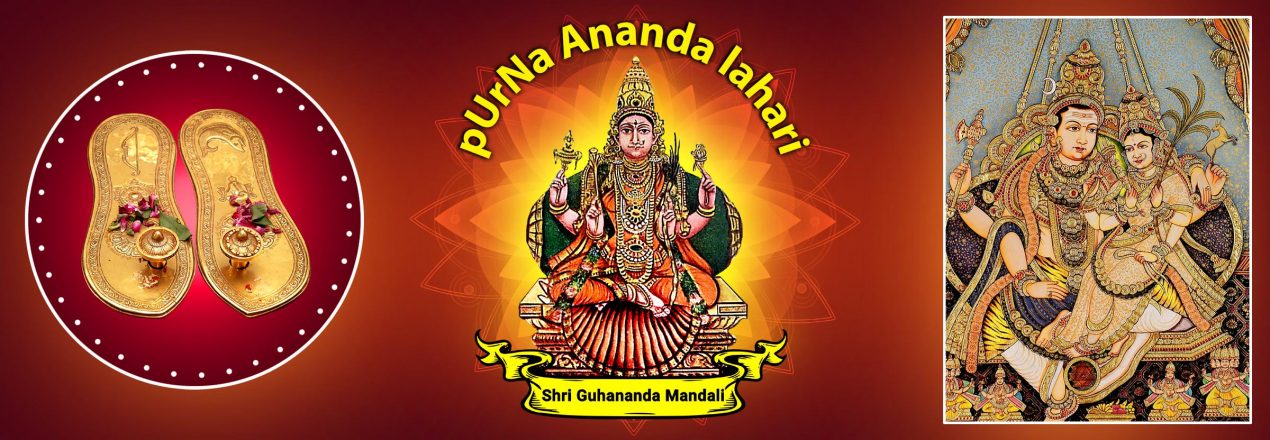
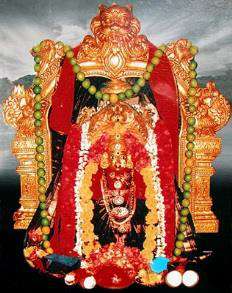
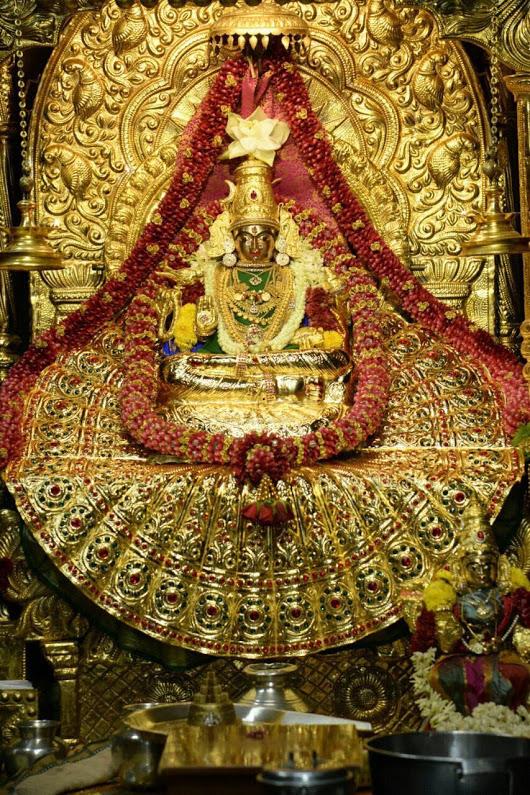

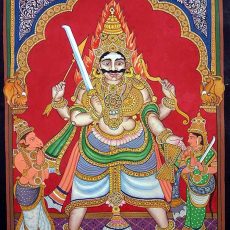
Invalid format error
Working fine for me. Pl try again.